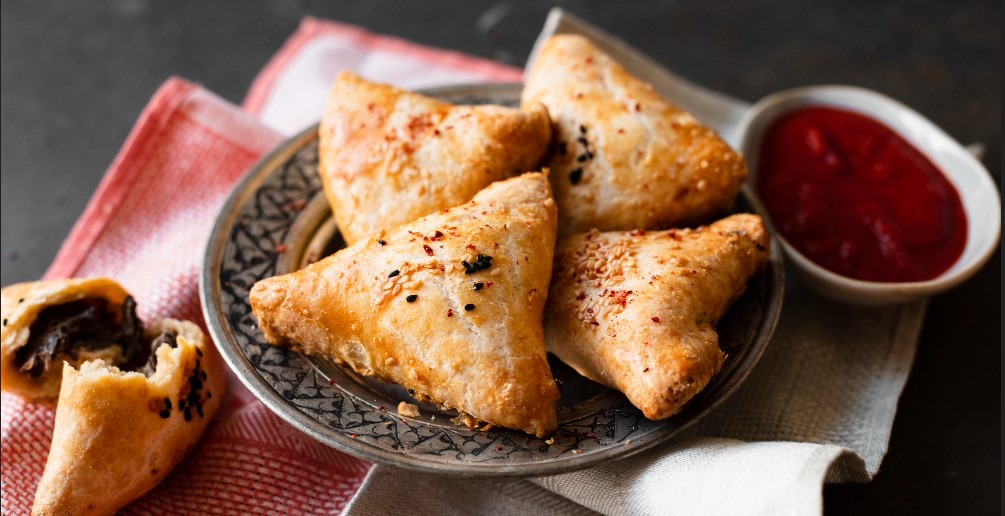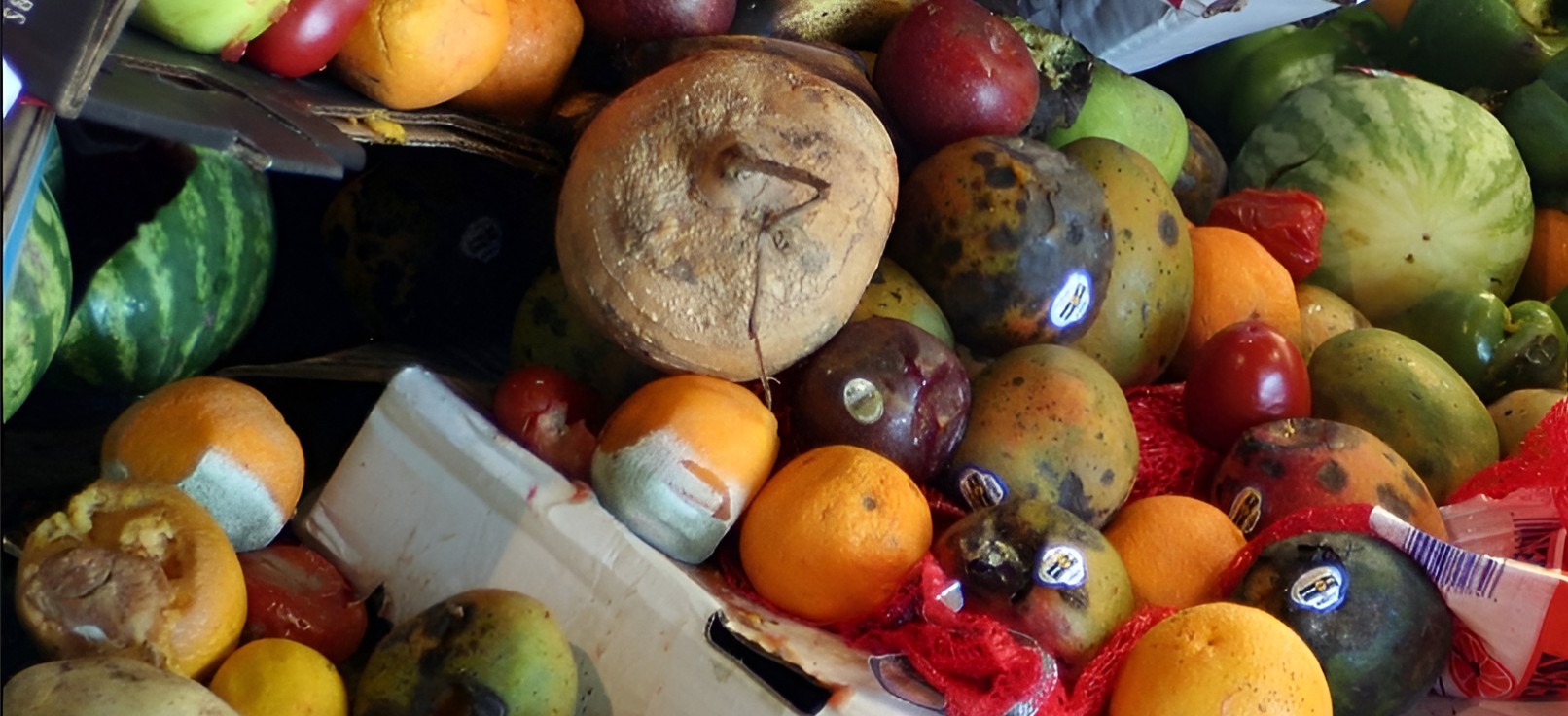Why samosa reigns supreme at Somali breakfast tables and snack culture

Far from just a casual snack, the sambusa is a cultural mainstay, often served alongside spiced tea (shaah), mahamri or a plate of sweet anjero (Somali pancakes).
In many Somali households, no breakfast spread is quite complete without the iconic samosa or, as others call it, sambusa. It is crispy, golden and packed with flavour.
While samosas are beloved across cultures, in Somali kitchens, they hold a special place, especially during breakfast hours.
More To Read
Far from just a casual snack, the sambusa is a cultural mainstay, often served alongside spiced tea (shaah), mahamri or a plate of sweet anjero (Somali pancakes).
Whether it is a weekday breakfast at home or a Friday morning treat before heading to the mosque, sambusa is a comforting constant.
“At our place, if there are no sambusas on the table, it doesn’t feel like a proper breakfast,” says 34-year-old Halima Yusuf, who runs a popular mini-hotel in Eastleigh.
“It’s the crunch, the spice, the memories, it brings everyone together. Smokies and eggs are okay when you’re in a rush, but sambuusa hits differently. It’s not just filling, it’s flavourful, spicy, and made with love. Plus, you know it came from someone’s kitchen, not a trolley on the roadside, you appreciate the careful preparation.”
Typically filled with spiced minced beef, chicken, or lentils, the Somali sambuusa stands out for its thin, flaky pastry and distinct seasoning, often flavoured with cumin, coriander and a touch of green chilli for the heat.
Some households even add raisins for a twist of texture and sweetness. During Ramadan, sambusas become even more central, served daily at iftar (the evening meal to break the fast).
But even outside the holy month, their presence in everyday breakfast culture remains unmatched.
“It’s fast, filling, and familiar,” says Ahmed Noor, owner of a busy tea spot near Eastleigh’s Waudo Street.
“Young people love it, elders love it, and it goes perfectly with Somali tea. Even when you look around popular spots in Eastleigh, street foods, you will not miss a sambuusa.”
The sambuusa’s appeal is also practical, easy to prepare in bulk, store, and reheat, making it a go-to for busy mornings or when guests drop by unannounced.
“With the Sambuusa, you can create your dough, put in your fillings and then put them in a container and freeze until you want to cook them again. They are very authentic,” Ahmed adds.
Beyond taste and convenience, though, there is a deeper connection, as Ahmed tells me; the sambuusa carries nostalgia, tradition and family stories.
“It’s often one of the first recipes Somali girls learn from their mothers and grandmothers, a rite of passage in its own right,” Ahmed explains.
“It’s not just about the food. It’s the conversations that happen while folding the pastry, the laughter in the kitchen, the smell of cumin and garlic filling the air.”
In many Somali homes, especially during weekends or festive seasons like Ramadan and Eid, the kitchen becomes a lively space of storytelling and skill-sharing. Mothers call their daughters over, not just to learn, but to connect.
As hands move rhythmically, spreading dough, stirring the spicy mince, folding each sambuusa with near-muscle memory, stories flow about childhoods in Mogadishu, marriages held under moonlight in Garissa, and resilience built over decades of migration and motherhood.
Ahmed says there is a choreography to it all: the older women guiding with gentle hands, correcting a fold here, praising a crisp corner there. Mistakes are met with laughter, not scolding, because learning to make sambuusa is also learning patience, precision, and pride.
“You can tell how experienced a person is just by how tight they fold it,” Ahmed chuckles.
“The neatness matters, and it’s a quiet flex.”
For Somali boys, too, the sambuusa has meaning. While they may not always be in the kitchen, Ahmed says they grow up anticipating its smell as a sign that something special is coming. That anticipation turns into memory, and memory into legacy.
Many who leave home, whether to study abroad or build lives in new cities, often crave the sambuusa not just for its flavour, but for what it represents: warmth, belonging, and a link to their mothers’ love. Even in Nairobi’s bustling Eastleigh, where you can buy sambusas hot off the street for just 30 shillings, the sentiment remains the same.
“When I bite into one,” Ahmed says, “I remember my late mother’s kitchen. The radio playing in the background, she is humming, so it is not just food. It’s home.”
Top Stories Today











































